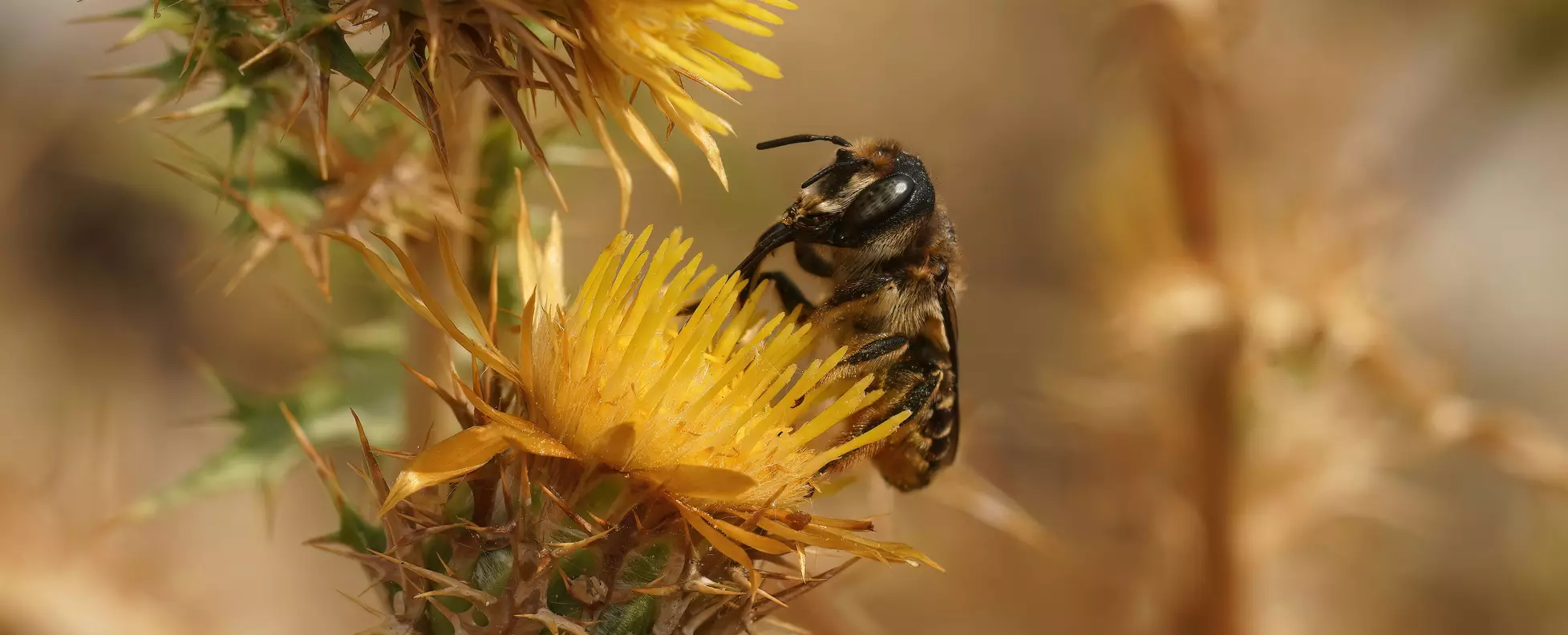The changing climate is causing a shift in flowering patterns in Doñana National Park, located in the southwestern region of Spain. Environmental cues such as temperature changes and increases in nutrients and water are triggering flowers to bloom earlier than usual. This shift in flowering times is having a significant impact on the park’s flora, affecting not only the plants themselves but also the ecosystem as a whole.
Researchers from the University of Seville in Spain and Brazil’s São Paulo State University have been monitoring flowering data for 51 species of shrubs, bushes, and trees in the park for over 35 years. The results show that the peak flowering time for these species is arriving 22 days earlier than it was in the 1980s. This shift is attributed to a rise in average temperatures of just one degree Celsius, causing plants to believe it is already the first week of May when it is actually still mid-April.
Phenology Studies
The study of biological rhythms, known as phenology, has become an important field of science in the 21st century. By tracking the timing of periodic events in biological life cycles, researchers can better understand the impacts of climate change on ecosystems. In the case of Doñana National Park, 80 percent of the flower species studied began flowering earlier in the season, with 68 percent also ending flowering earlier. This adjustment in flowering times has led to new combinations of overlapping flowering periods, potentially causing competition among insect-pollinated species.
Ecosystem Impacts
Doñana National Park is a vital stopover location for migratory bird species traveling between Europe and Africa. The park’s salt marshes provide a crucial feeding ground for these birds, who rely on the seasonal availability of insects and seeds. The shift in flowering patterns could have a cascading effect on the ecosystem, impacting not only the plants and insects but also the birds and other wildlife that depend on them for survival.
Long-term monitoring of natural environments is essential for understanding the effects of climate change on biodiversity. Studies like the one conducted in Doñana National Park provide valuable insights into how ecosystems are responding to environmental changes. By analyzing decades of data, researchers can identify trends and patterns that may not be immediately apparent, highlighting the urgent need for conservation efforts to mitigate the impacts of climate change on our planet.
The flowering patterns in Doñana National Park are shifting earlier due to climate change, with significant implications for the park’s flora and fauna. By studying these changes through phenology research, scientists can gain a better understanding of how ecosystems are being affected by environmental shifts. It is crucial to continue monitoring and studying these trends to protect our natural world for future generations.

Leave a Reply